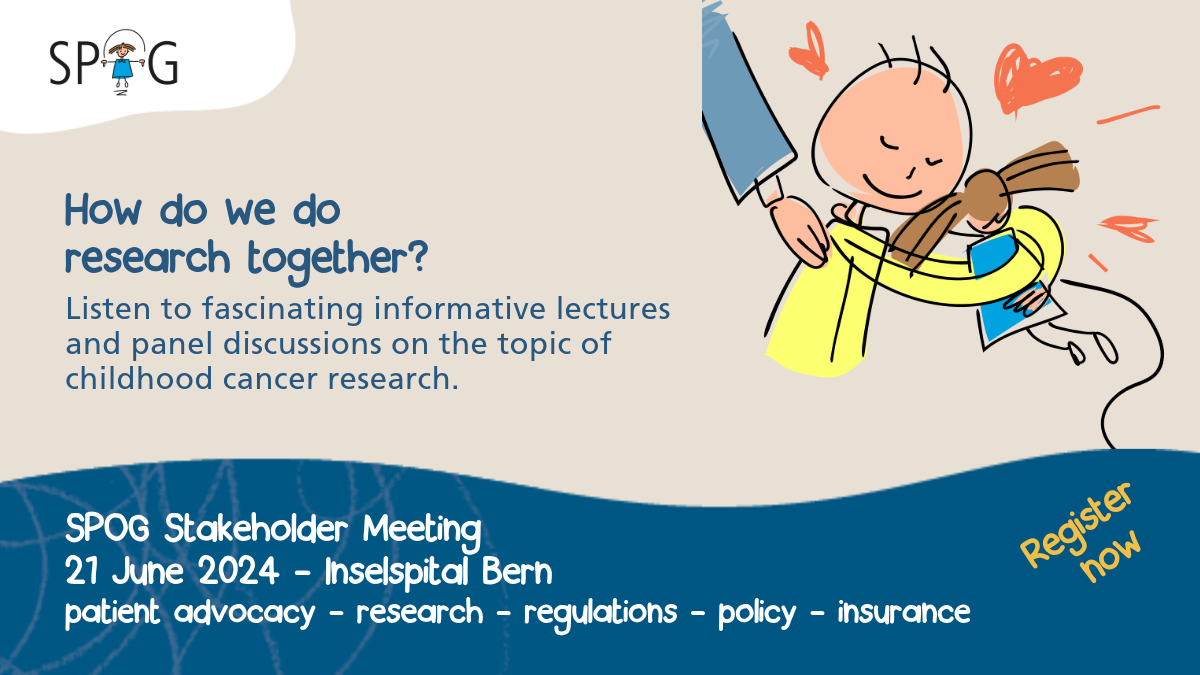B-NHL 2013
Both are diseases in which certain white blood cells known as lymphocytes turn into cancer cells and are no longer able to perform their function in the immune system. Without treatment, these malignant cells can increase in an uncontrolled fashion, thus creating a life-threatening situation.
The aim of the trial is to study the administration of the medicine rituximab in the therapy of B-NHL and B-AL in children and adolescents in combination with conventional chemotherapeutic agents. The additional administration of rituximab led to an improvement in the chance of recovery for adult patients with B-cell lymphomas.
The treatment provided in this trial is guided by the individual patient’s risk and administered in so-called risk groups. There are differences in the intensity and duration of the treatment given in these risk groups and correspondingly different trial objectives. The aim is to improve the side effects and long-term complications of therapy for patients whose disease is at a very early stage.
This will be achieved by removing a medicine from the current standard therapy and replacing it with the newer medicine rituximab. For patients with a slightly more advanced but still localised cancer, the aim is to examine whether the addition of rituximab to the current therapy can improve cure rates. It is hoped that the chances of recovery for patients at an advanced stage of the disease can be improved by adding rituximab to their therapy. The trial will examine whether intensification of therapy with either one or seven administrations of rituximab can improve the therapeutic outcome.
A further aim of the trial is to generate a better understanding of the biology of the disease and the mechanisms by which it develops in order to develop new medicines, therapeutic approaches or diagnostic methods. This will be done by examining leftover material from the blood and tissue samples taken routinely for diagnostic and therapeutic purposes in a reference laboratory.
In short
- The study is investigating new therapeutic concepts in children and adolescents with B-cell non-Hodgkin lymphoma or B-cell leukaemia.
- The aim is to further improve the existing treatment by a controlled comparison of the new therapeutic concepts with the current standard treatment.
- In future, the study results may improve the chances of recovery and reduce the side effects and long-term complications of treatment.




